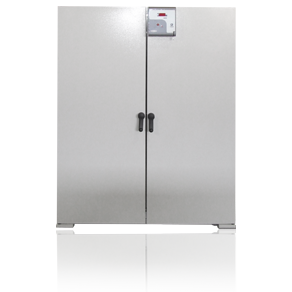Latest News
News
What are Lab Drying Ovens Used For?
Lab drying ovens are required in many applications to remove moisture from samples. They are a necessity in many environmental, clinical and biological labs and forced air and come in many different forms. This blog will describe what lab drying ovens are and the applications they are used for.

Standard Drying Oven vs. Lab Drying Oven
A st...

Ultra-High Purity Fluxes from XRF Scientific
At XRF Scientific, we are industry leaders in the supply of ultra-high purity fluxes for a number of applications, including small research laboratories as well as large-scale mining and commercial laboratory facilities across the globe.
As lower detection levels are becoming highly sought after in analysis, requirements for ultra-high purity fluxes for sample preparation processes in XRF and ICP analysis. A broad range of ultra-high purity fluxes is available at XRF Scientific, offering the optimum quality raw chemicals on the commercial market.
Applications of Ultra-high Purity Fluxes
There is a broad and varied range of applications that use ultra-high purity fluxes, and it is critical to take stock of the individual requirements prior to the se...

Using Lithium Tetraborate to Fuse Alkaline Earth Metals
Alkaline earth metals are the six chemical elements that are in group two of the periodic table. The elements consist of beryllium (Be), magnesium (Mg), calcium (Ca), strontium (Sr), barium (Ba), and radium (Ra).
All of these metals (apart from radium) and their compounds are used in commercial applications. Both magnesium and calcium occur frequently in nature and are a significant part of many geological and biological processes.
Fusion is the name given to chemical attacks on solid samples to convert them into compounds that are transformed into a solution easily. These compounds are a transitional step between the initial sample and the solution that is employed later in any analytical process.
Benefit of Using Lithium Tetraborate for Fusion
...









